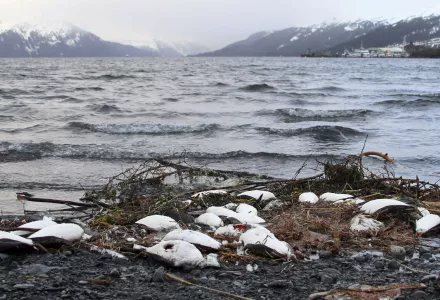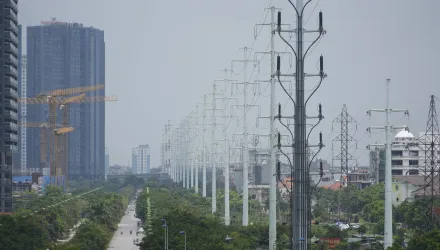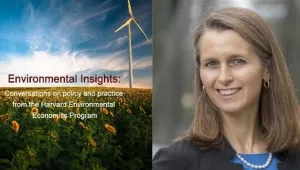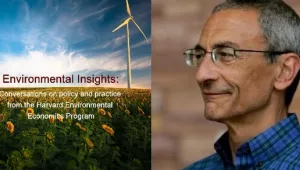Author
Eric Post
Author
Richard B. Alley
Author
Torben R. Christiansen
Author
Marc Macias-Fauria
Author
Bruce C. Forbes
Author
Michael N. Gooseff
Author
Amy Iler
Author
Jeffrey T. Kerby
Author
Kristin L. Laidre
Author
Michael E. Mann
Author
Johan Olofsson
Author
Julienne C. Stroeve
Author
Fran Ulmer

Author
Ross A. Virginia
Author
Muyin Wang





